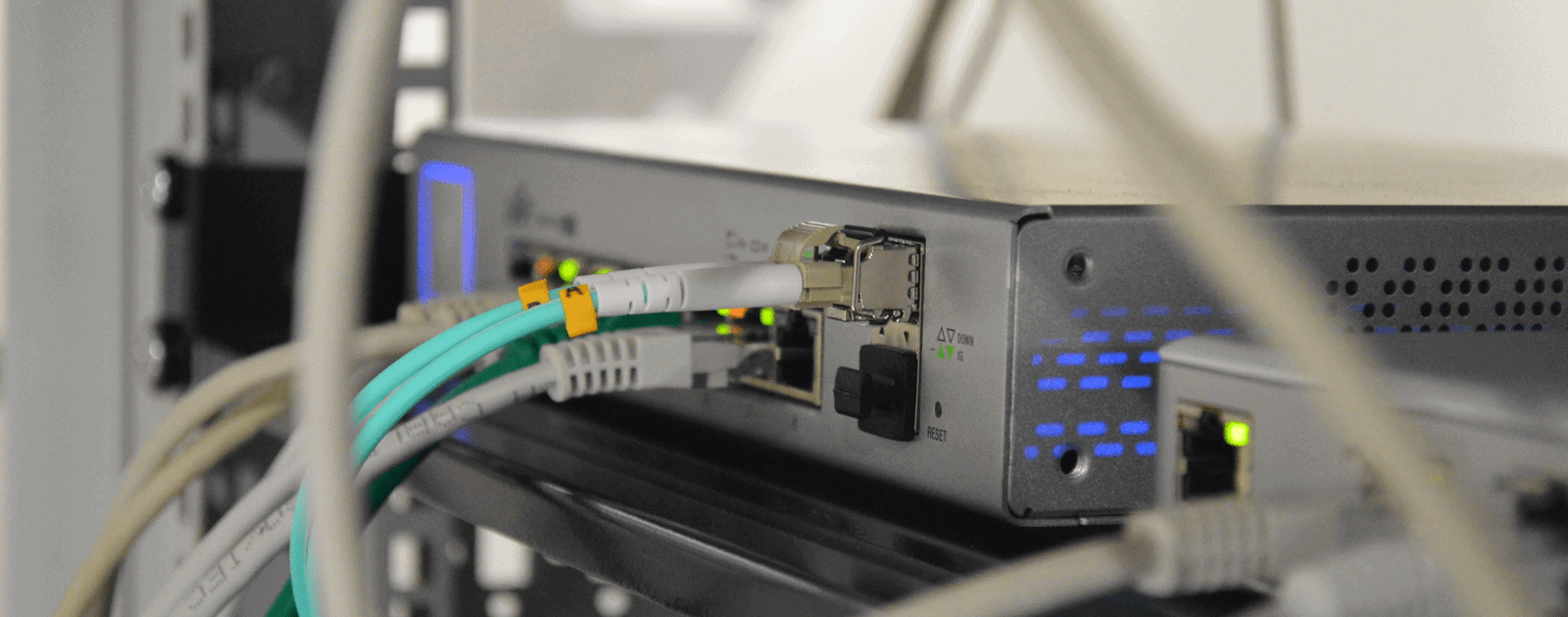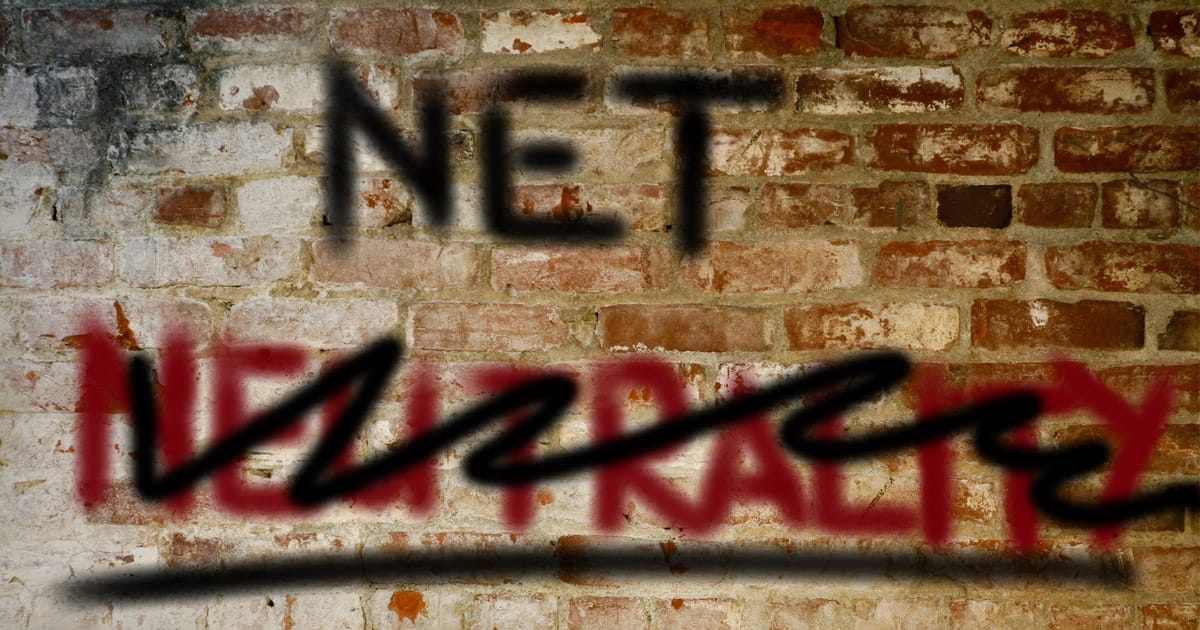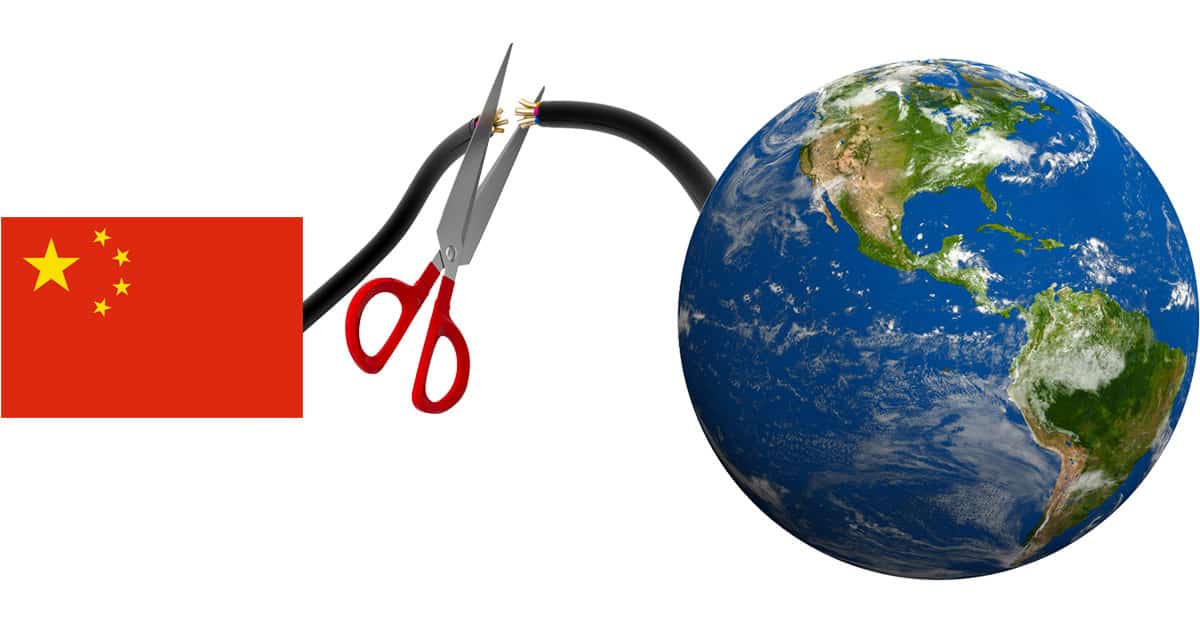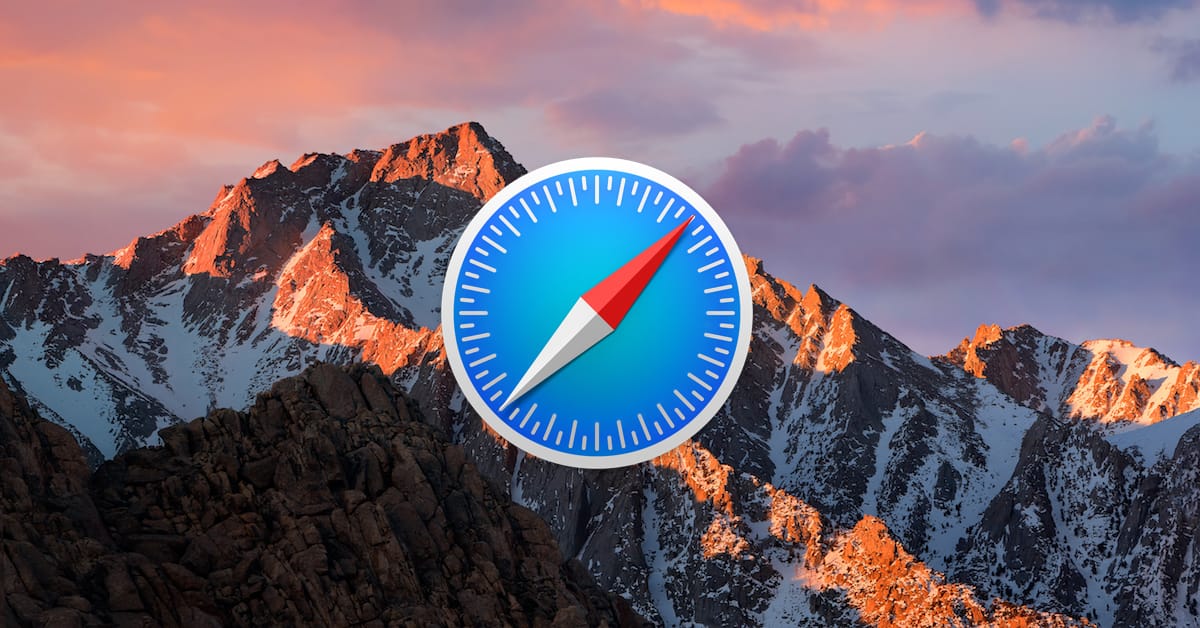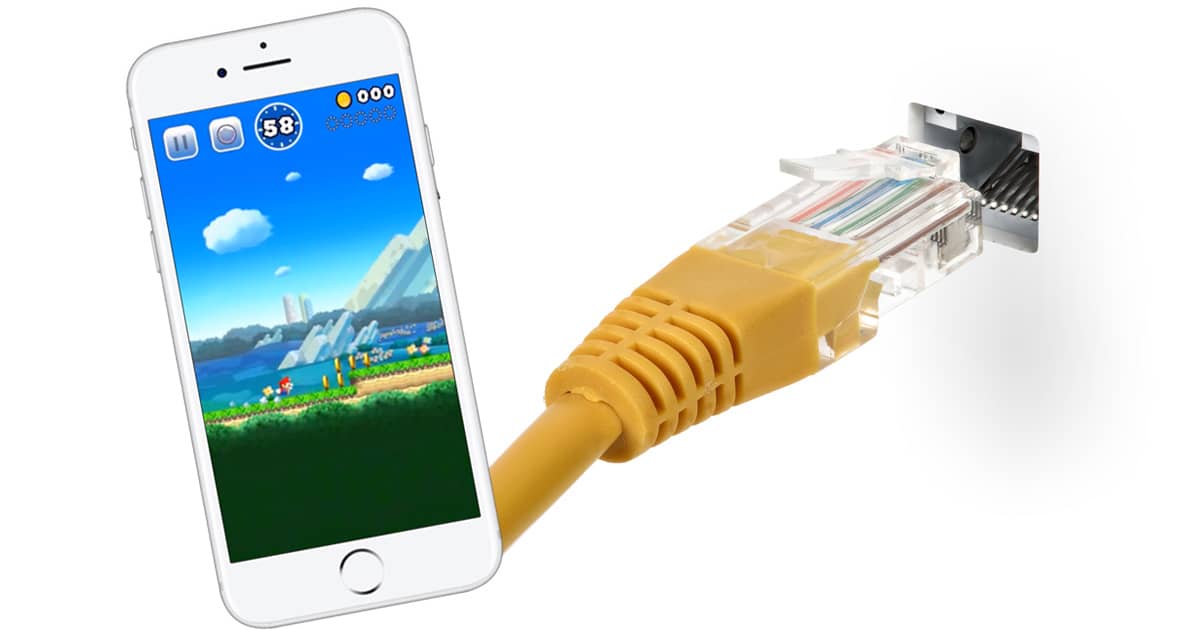It maxed out at a mind-boggling data transfer rate of 661Tbps (terabits per second).
internet
How to See Archives Within Google Street View
Google Maps has a neat feature that’ll let you see back in time for a particular location—so if you want to look at the 2008 Street View of a place, say, you might be able to do just that. We’ll tell you how!
Panic's Download Problem and How Comcast Fixed it - TMO Daily Observations 2018-03-06
Dave Hamilton and John Martellaro join Jeff Gamet to talk about the relationship between Comcast and Cogent, Panic’s download problem linking the two together, and Net Neutrality.
Here's How Panic Solved a Download Problem and Showed Why Net Neutrality is So Important
Panic, the company behind Transmit, Coda, and Firewatch, had a mystery on its hands: why were its app downloads so slow for a lot of users? They dug into it and found the problem was specific to Comcast customers—and they got Comcast to fix it. The story is a great example of how interdependent internet service providers and the companies providing the bandwidth pipes are. It’s also a perfect example of what an internet without Net Neutrality is like. Panic’s video explaining what happened is worth watching, and you can learn more about what happened on the company’s blog.
What You Need to Know About the FCC Anti-Net Neutrality Changes - TMO Daily Observations 2018-02-22
John Martellaro joins Jeff Gamet to talk about the state of Net Neutrality now that the FCC’s “Restoring Internet Freedom” is in place, along with what we can expect to happen next.
Burger King's Net Neutrality Explanation with Whoppers is Brilliant
If you know people who aren’t grasping what the repeal of Net Neutrality means, try hitting them in the stomach. Figuratively, of course. Fast food giant Burger King has an awesome video that makes it much easier to understand the ramifications of an internet without Net Neutrality using hamburgers as an example. It’s only a couple minutes long, but that’s more than enough time to get the point across. This is one of the clearest, and most entertaining, Net Neutrality explanations we’ve seen so far.
FCC Kills Net Neutrality, Samsung's HomePod Competitor - TMO Daily Observations 2017-12-15
Dave Hamilton and John Martellaro join Jeff Gamet to discuss the FCC vote to end Net Neutrality, plus Samsung’s HomePod competitor.
Tim Berners-Lee Wants Your Help in Protecting Net Neutrality from Ajit Pai's FCC
Internet-inventor Tim Berners-Lee has written an editorial for USA Today asking Americans to help save the Internet from an irresponsible vote on Net Neutrality expected from the FCC.
Apple Pulls VPN Apps from China App Store
Apple has capitulated to China’s internet control laws and removed VPN apps from the App store in the country.
Net Neutrality Explained - TMO Daily Observations 2017-07-24
Net Neutrality can be a tough concept to wrap your head around so Dave Hamilton and Bryan Chaffin join Jeff Gamet to help explain what it is and why it matters.
4 Tricks for Using Bookmarks Folders in Safari
For today’s Quick Tip, we’re going to cover some features of bookmarks folders in Safari on the Mac. Using a few handy-dandy shortcuts, you can open a bunch of your sites in new tabs or replace the existing ones! Just don’t do one thing when you meant to do the other, all right?
Internet Privacy and VPNs - TMO Daily Observations 2017-03-30
The Federal law allowing ISPs to sell our browser history without our consent passed both the House and Senate and is on its way to the White House. Dave Hamilton and Bryan Chaffin join Jeff Gamet to look at what that means for our privacy and they explain why you might want to use a VPN.
Super Mario Run Requires an Internet Connection to Because Nintendo is Afraid of Piracy
If you’re planning on playing Super Mario Run on your next flight the plane better have WiFi because it requires an always-on internet connection. Nintendo says that’s by design because they want to prevent game piracy.
Fake News and Snatched iPhones – TMO Daily Observations 2016-12-05
The UK police got unlocked access to a suspect’s iPhone but, unlike the FBI earlier this year, they didn’t have to ask Apple to hack it. Interestingly, though, the FBI did something very similar to the UK police a few years ago. Listen to hear more. Then it’s on to how Apple might just be our last hope to save the integrity of the internet. John Martellaro explains!
